Notified bodies are organisations designated by EU member countries that perform conformity assessments on products before they are sold.
The role of a notified body is to assess whether a product is technically safe and compliant. In a way, the notified body acts as a gatekeeper to the EU market for more ‘high-risk’ and ‘sensitive’ products that cannot be ‘self-assessed’.
That said, notified bodies are not government organisations. Instead, companies like Intertek and TÜV Rheinland are appointed to act as notified bodies for certain product categories.
In this guide, we explain what manufacturers and importers must know about notified bodies and how they operate.
Content Overview

FREE CONSULTATION CALL (30 MIN)
 Ask questions about compliance requirements
Ask questions about compliance requirements Countries/markets:
Countries/markets:
 Learn how we can help your business
Learn how we can help your business
You will speak with:Ivan Malloci or John Vinod Khiatani
What is a Notified Body?
A Notified Body is an organisation which is designated by an EU member state to perform certain tasks as part of a conformity assessment procedure.
Here are some examples of companies which act as Notified Bodies in the EU within the scope of specific regulations.
- TÜV Rheinland
- Intertek
- RISE
- Eurofins
- TÜV NORD
- Bureau Veritas
- TÜV Thüringen
Scope
For example, one Notified Body can be exclusively involved in PPE while another is specialised in Medical Devices. Some are even more specific and only work with specific sub-categories, such as protective shoes.
Search Notified Bodies
You can find more Notified Bodies on the NANDO website, where you can:
- Search Notified Bodies by country
- Search Notified Bodies by legislation
What do Notified Bodies do?
Several EU regulations and directives require Notified Bodies to carry out conformity assessment procedures. Such notified bodies are designated by EU member states. The specific procedure depends on the products and regulations that apply to them, and thus may involve different tasks.
For example, notified bodies should carry out conformity assessments on Personal Protective Equipment (PPE) that falls under Categories II and III, as outlined in the Personal Protective Equipment Regulation.
Here are some examples of tasks that must be carried out by a notified body in order to complete a conformity assessment:
a. Perform an EU type-examination – a notified body’s evaluation of a product’s adherence to the requirements
b. Create an evaluation report
c. Issue, review, and retain an EU type-examination certificate
d. Perform product checks
e. Perform relevant tests (e.g. against the requirements of harmonised standards, or other types of standards)
f. Assess the quality system of the production process
g. Carry out audits and provide the manufacturer with a visit report
While we took these examples from Annexes V, VI, VII, and VIII of the Personal Protective Equipment Regulation, other types of tasks also exist.

Which products require Notified Body involvement?
Whether you need a Notified Body depends on whether your product is subject to an EU regulation or directive that mandates their involvement.
In some cases, the requirement to use a notified body applies to all covered products (e.g. non-automatic weighing instruments). In other cases, this requirement applies to some categories of products (e.g. PPE Category II or III).
Finally, there are cases in which you need a notified body only in specific circumstances. For example, for toys for which harmonised standards either do not exist, or if such standards have not been applied for other reasons.
This list provides examples of when a Notified Body is required in the context of certain EU regulations and directives.
| Regulation name | When is a Notified Body required? |
| Electromagnetic Compatibility Directive | According to Article 14, you can choose to apply a conformity assessment procedure (Module B+C) that requires a notified body or one that does not require it (Module A). |
| Radio Equipment Directive | Article 17 requires a notified body when harmonised standards are not applied, or when they do not exist. |
| Batteries Regulation | Article 17 requires a notified body for certain types of batteries covered by Articles 7 and 8:
|
| Toys Safety Directive | Article 19 requires a notified body when:
a. Harmonised standards for the product do not exist, or b. Harmonised standards for the product exist but were not applied, or c. When the manufacturer deems the services of a notified body necessary |
| Personal Protective Equipment (PPE) Regulation | Article 19 requires a notified body if your PPE falls under the risk Categories II or III. |
| Construction Products Regulation | Article 38 requires a notified body if your construction product is subject to either the System 1 or System 1+ of assessment and verification of constancy of performance. |
| Ecodesign for Sustainable Products Regulation | According to Article 4, the European Commission should adopt delegated acts to specify which conformity assessments manufacturers can use. You may need a notified body for some of those assessments. |
| Medical Devices Regulation | Article 52 requires a notified body for most medical devices. However, a notified body is not needed for Class I medical devices that are not sold in a sterile condition, do not have a measuring function, and are not reusable surgical instruments. |
| In-Vitro Diagnostic Medical Devices Regulation | Article 48 requires a notified body for higher-risk devices in Classes B, C, and D.
You also need a notified body to ensure the sterility of class A devices if they are sold in sterile conditions. |
| Measuring Instruments Directive | Article 17 requires a notified body to carry out all the instrument-specific conformity assessments in Annexes III-XII, according to the type of product. |
| Non-Automatic Weighing Instruments Directive | Article 13 requires a notified body for non-automatic weighing instruments. |
| Machinery Regulation | Article 25 requires a notified body for products listed in Annex I Part A. |
| Noise Emission in the Environment Directive | The regulation requires a notified body for regulated outdoor machinery equipment subject to permitted sound power levels. |
| Artificial Intelligence Regulation | Article 43 requires a notified body for a high-risk AI system if said system:
a. Is meant to be used as a safety component in a product, or b. Is the product itself |
| Unmanned Aircraft Systems Regulation | The regulation requires a notified body to perform the conformity assessments specified in Parts 8 and 9 of the Annex. |
| Hot Water Boilers Directive | Article 7 requires a notified body for boilers manufactured in series. |
| Gas Appliances Regulation | Article 14 requires a notified body for both appliances and fittings |
| Pressure Equipment Directive | Article 14 requires a notified body for pressure equipment that falls under Categories II, III, and IV. |
| Simple Pressure Vessels Directive | Article 13 requires a notified body for simple pressure vessels with a PS x V value of between 50 – 3000 bar.L. |
| Recreational Craft Directive | Article 20 requires a notified body for recreational craft with hull lengths of 12-24 meters. |
FAQ
How do I find a Notified Body?
You can find a Notified Body on the EU’s New Approach Notified and Designated Organisations (NANDO) page. You can search by country or legislation, or you can perform a free search.
This section briefly explains how you can perform these searches.
By country
1. Click on the “Search by country” link on the NANDO page.
2. Click on the name of the country you are in that can perform the conformity assessment.
3. Click on your preferred notified body.
By legislation
1. Click on the “Search by legislation” link on the NANDO page.
2. Click on the legislation that applies to your product category.
3. Click on your preferred notified body.
Free search
1. Click on the “Free search” link on the NANDO page.
2. Filter the list of notified bodies by product, legislation, or both in the search options sidebar on the left side of the page.
3. Click on your preferred notified body.
Is it mandatory to involve a Notified Body?
Yes, if your product is subject to one or more EU regulations or directives that mandate this as part of the conformity assessment process.
Are Notified Bodies mandatory for all products in the EU?
No, involving a Notified Body is not mandatory for all products. Only those that fall within the scope of certain EU regulations and directives that explicitly mandate the involvement of a Notified Body.
Can I use a Notified Body even if it is not required for my product?
We were unable to find a source that prohibits you from using a notified body even when it is not required for your product. However, notified bodies generally perform conformity assessments on “certain” products when the applicable directive or regulation requires them to. For example, the PPE Regulation requires you to use a notified body for certain categories of products.
Some notified bodies may, upon your request, be able to provide you with advice or other testing services, even if the applicable regulation does not require you to use a notified body.
Do we need to use a Notified Body in the EU country where we sell the product?
No, you do not necessarily have to work with a Notified Body in the same EU member state where the product is sold. In many countries, that is not even an option as there simply are no Notified Bodies available for all products that require one.
A few years ago, we worked on a project involving protective shoes that were to be sold in Sweden. While Intertek is designated as a Notified Body for PPE in Sweden, at the time, they did not cover protective footwear. Instead, we had to contact SGS in Finland.
Can a Notified Body be located outside the EU?
Notified bodies are generally located in the EU member state that designated them. However, the EU has Mutual Recognition Agreements (MRAs) with several non-EU countries.
As such, the EU accepts conformity assessments from third-party bodies located in certain third countries. Here is the list of countries with which the EU has an MRA, and examples of applicable product categories:
- Australia (e.g. Machinery)
- Canada (e.g. Toys)
- Israel
- Japan (e.g. Electrical products)
- New Zealand (e.g. Medical devices)
- Switzerland (e.g. Personal protective equipment)
- United States (e.g. Marine equipment)
Note that this must be assessed on a case-by-case basis, as the regulatory and product scope can be limited.
Are UK Approved Bodies accepted in the EU?
The EU generally does not accept the assessments and certification from UK Approved Bodies. You will need to work with an EU Notified Body if you intend to sell products in the European Union for which this is a requirement.
However, if you want to sell in Northern Ireland, you can choose to use a UK approved body, instead of a EU notified body. In this case, you will have to affix the UKNI marking next the CE marking. Additionally, you will not be able to sell such product in the EU.
How much do Notified Bodies charge?
The amount that a notified body charges for its services depends on the Notified Body, the product and the applicable regulations and directives.
The cost also depends on the tasks that the Notified Body is mandated to carry out as part of the conformity assessment procedure. This also differs depending on the applicable regulations, directives, and modules.
Examples
- Technical documentation assessment: 500 to 1000 EUR
- Laboratory testing: 1000 EUR (and above)
- On-site inspections: 500 to 1000 EUR
- Annual certificate administrative fee: 800 to 1500 EUR
Note that there may be other applicable fees as well.

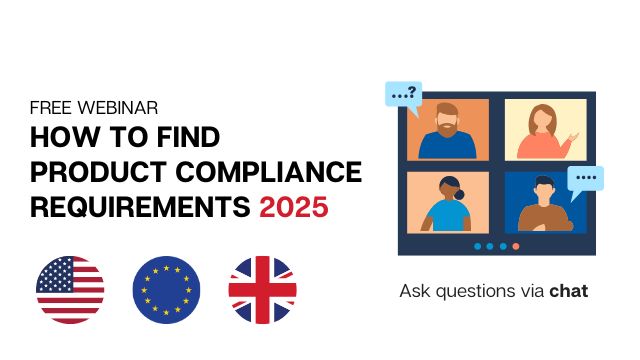



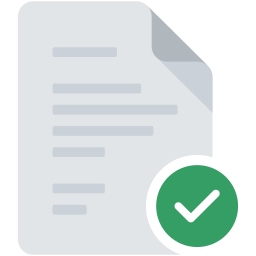

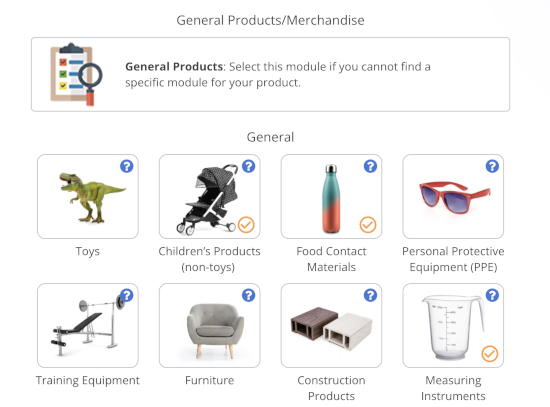






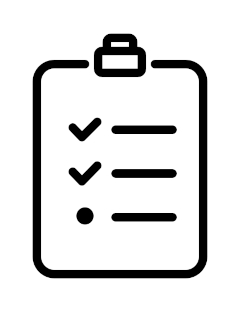


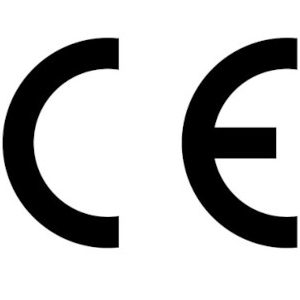




.png)
.png)
.png)
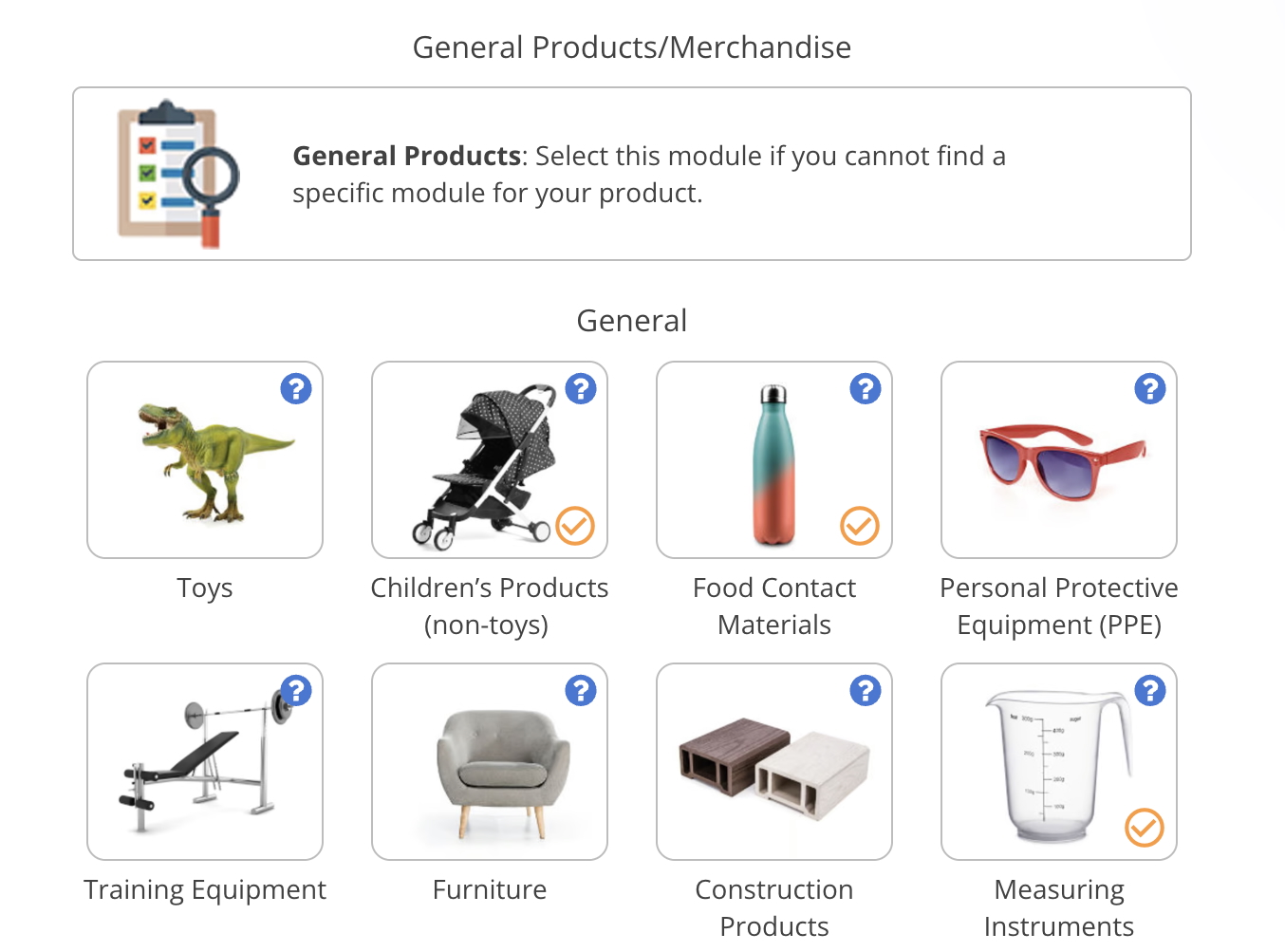


Based on the statement in your article – “Products that have acquired the necessary approval from a CAB in one of these countries do not need to be assessed by a Notified Body in the EU, in order to be imported into the EU market.”
If an electrical appliance meets the UL requirement and was certified by UL does this mean that it does not need to be tested to the IEC equivalent standard but can be issued a DoC based off of the UL certification? For example the LVD, IEC 60335 and UL 982.
Hi Rachael,
It could, in some cases, mean that the product is technically compliant. However, you still need to reference harmonised EU standards – not UL standards.
Hello,
how can a company become a certified body?
if I work at a company that want to become a certified body or send a worker to do ATEX certification for example, is it possible?
When manufacturer don’t sell product but use it, it must be CE mark???
Yes. For example, machinery imported for use in the EU still requires CE mark. It’s also a matter of ensuring that the workplace is safe.
Hi,
Is that mandatory to have CE mark with NB # to be reflected on the product label, ihen that product is covered with NB cert?
Thank you.